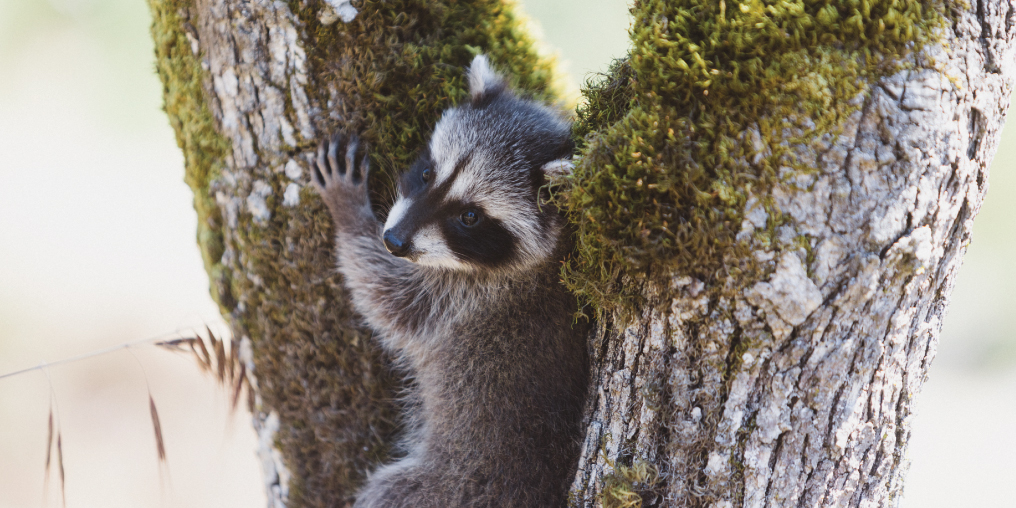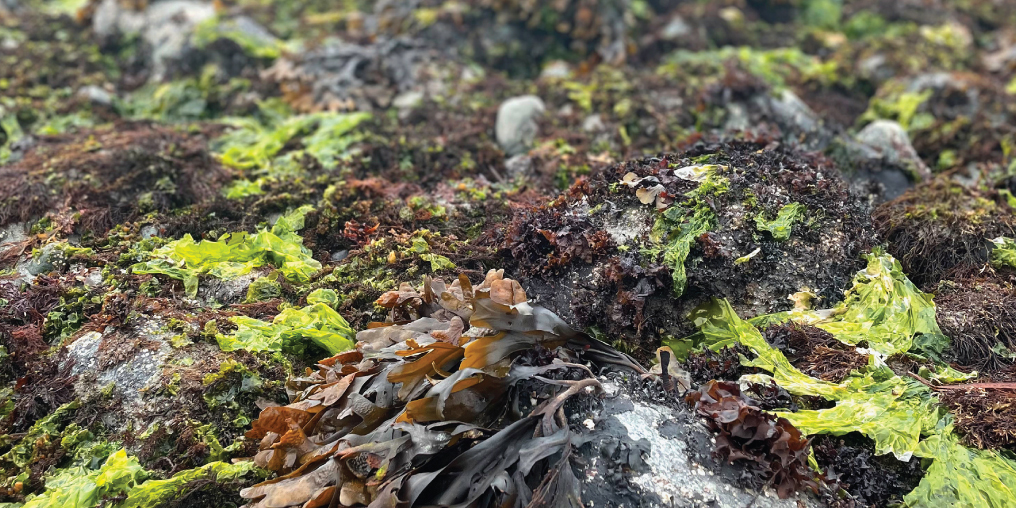I’ve occasionally yearned to wear a Davy Crockett-inspired coonskin hat. The reason I don’t isn’t that I fear I’d end up looking more like some molly-soaked fool who had just washed in on the king tides of a Coachella Festival. It’s because I fear I’d end up dead in some last-stand-at-the-Alamo situation, backed into the corner of my yard by raccoons bent on avenging their kin.
I used to believe that raccoons were related to wolverines. This was based partly on their reputation for ferocious behaviour, and partly on personal experience. One choice encounter saw me high-tailing it back into my house, hockey stick in hand, with two of them hot on my tail, closing the gap in horror-movie stop-motion-like pursuit. But these masked menaces have their own genus, Procyon, in the family Procyonidae, which means they’re more closely related to coatis, kinkajous, and other Central and South American mammals than to the fearsome wolverine. And despite their common nickname of “trash panda,” they aren’t related to pandas, either. (Except maybe red pandas, but nobody seems too sure about that.)
After emerging about 25 million years ago in central Eurasia, they’re thought to have crossed over the Bering Strait some 19 million years ago. Like the Canada goose, they’re native to North America, but considered an invasive species elsewhere. Here, we call them a nuisance. We are lucky enough to have two species of raccoon in our neck of the woods: the Pacific Northwest raccoon (Procyon lotor pacificus) and a smaller, dark-furred subspecies found only on Vancouver Island (Procyon lotor vancouverensis).
The word “raccoon” is said to be a distortion of an Algonquian word ahrah-koon-em, roughly translated as “one who rubs, scratches, washes with its hands.” And the lotor part of the Latin name means “washer.” Both the common name and the Latin name refer to the raccoon’s habit of dunking food items in water where it’s available. This is called dousing, and while scientists say it’s a way for raccoons to gain more information about the items they’re holding, it makes them look like they’re daintily washing their food. I fail to notice this kind of elegant behaviour when raccoons have been partying in my garbage cans in the garage; granted, the summer fermentation process could also be to blame.
Raccoons subsist solely upon trash. Actually, this isn’t true at all, but they are consummate omnivores, with a generalist’s dental structure to match. This allows them to live and thrive in wild, rural, or urban environments. Although their life expectancy in the wild is generally two to three years—owing to vehicle encounters, predation by humans and other animals, and starvation—raccoons can live up to 20 years in captivity.
That’s right, some people have been known to keep raccoons as pets. But given the trash panda’s intelligence, nimble paws, and sharp teeth, a cat would be a far more sensible choice if you’re looking for a cantankerous living companion and a barely intact house. Also, it’s illegal in BC to own a raccoon.
Other people have been known to put them on the menu. I have had the pleasure (?) of sampling some BBQed raccoon at a dear friend’s sister’s wedding, and it was not unlike … chicken (of course). Given raccoons’ cuddly appearance, oddly human hands, and propensity to turn on you like milk on a hot porch, I’ll stick to chicken, thank you. Despite their propensity to raid your prize koi pond, ravage your chicken coop, or raid your garbage, there’s a cuteness and inquisitive factor that makes these unique creatures worth having in our urban ecosystems. At least they do less damage than porcupines, but that’s a whole other story.





